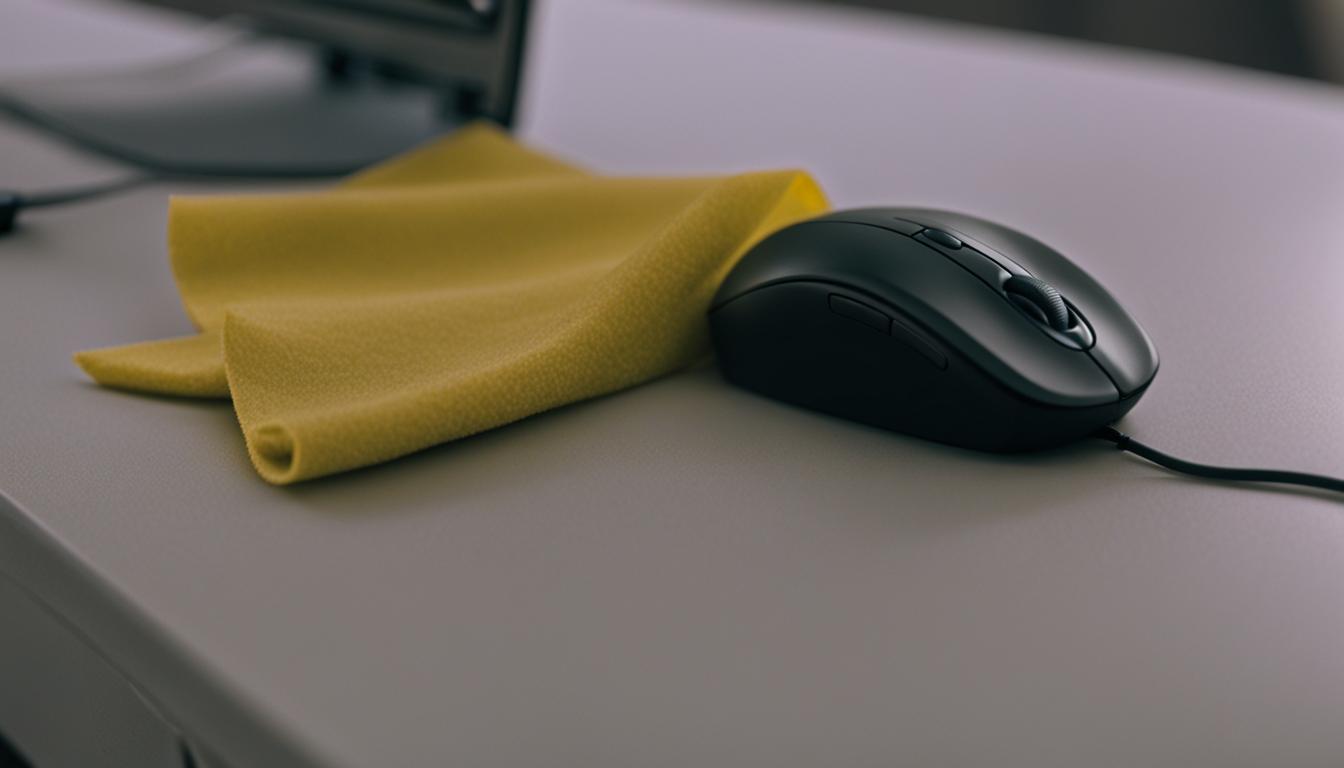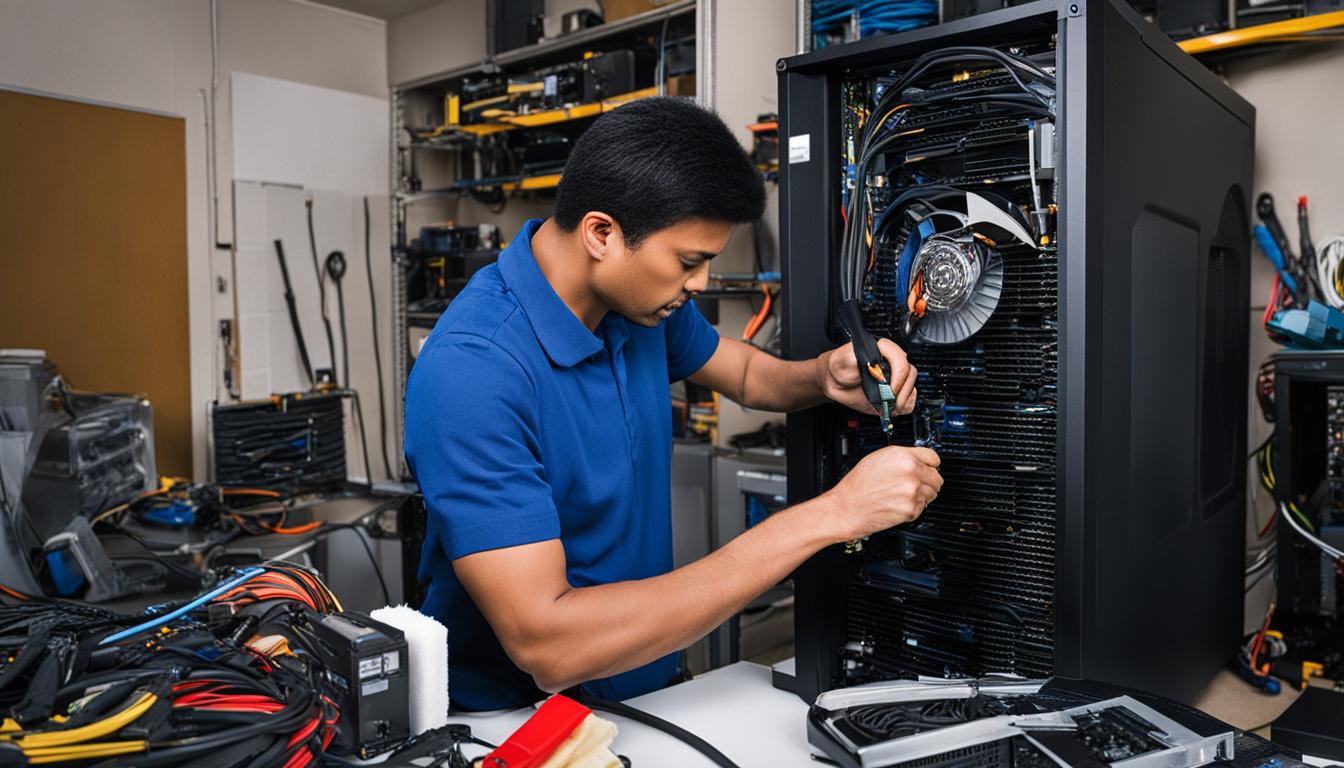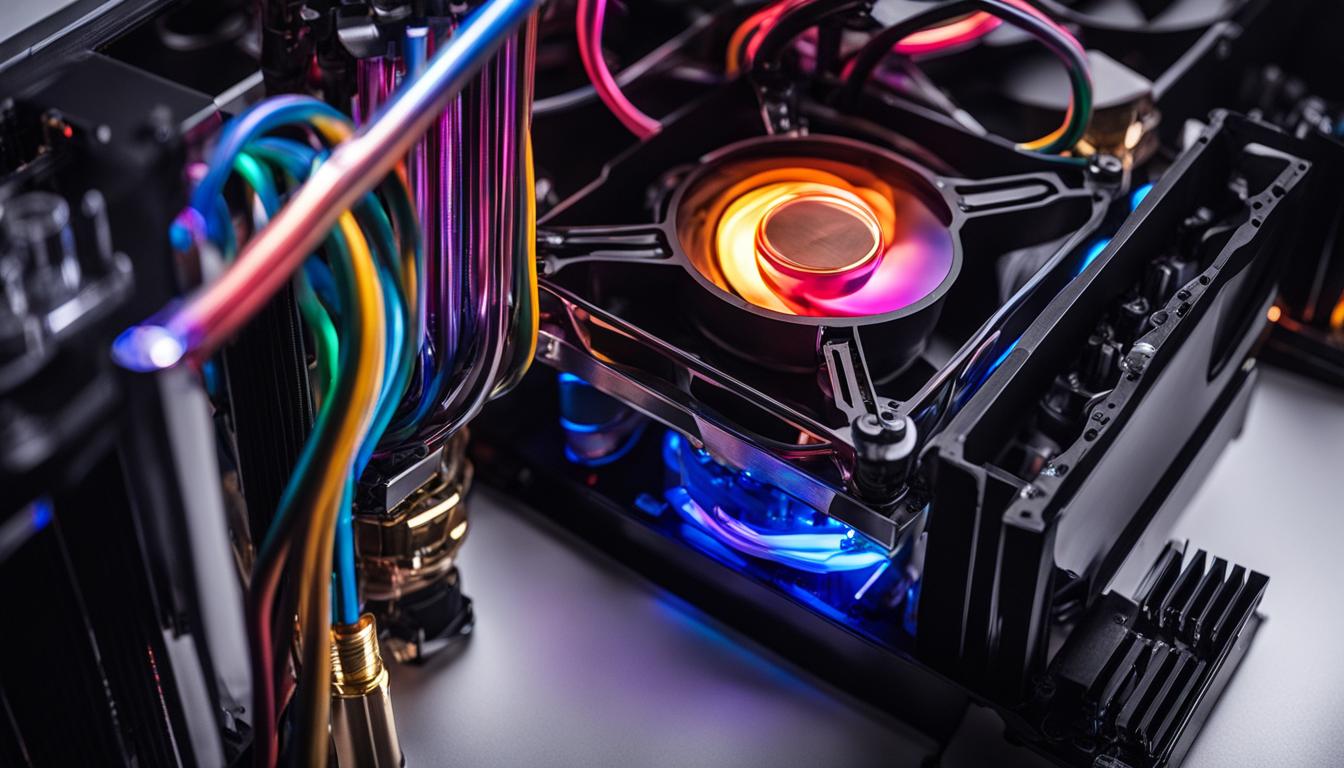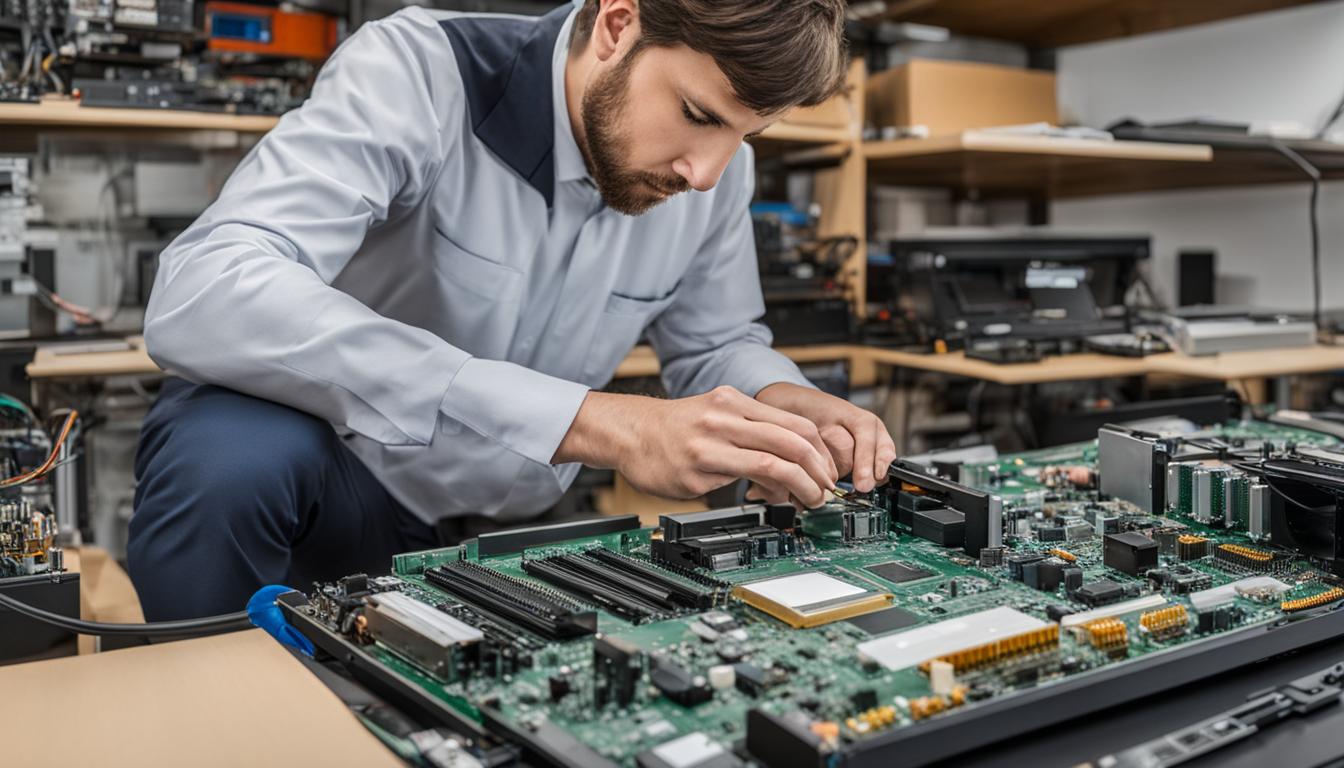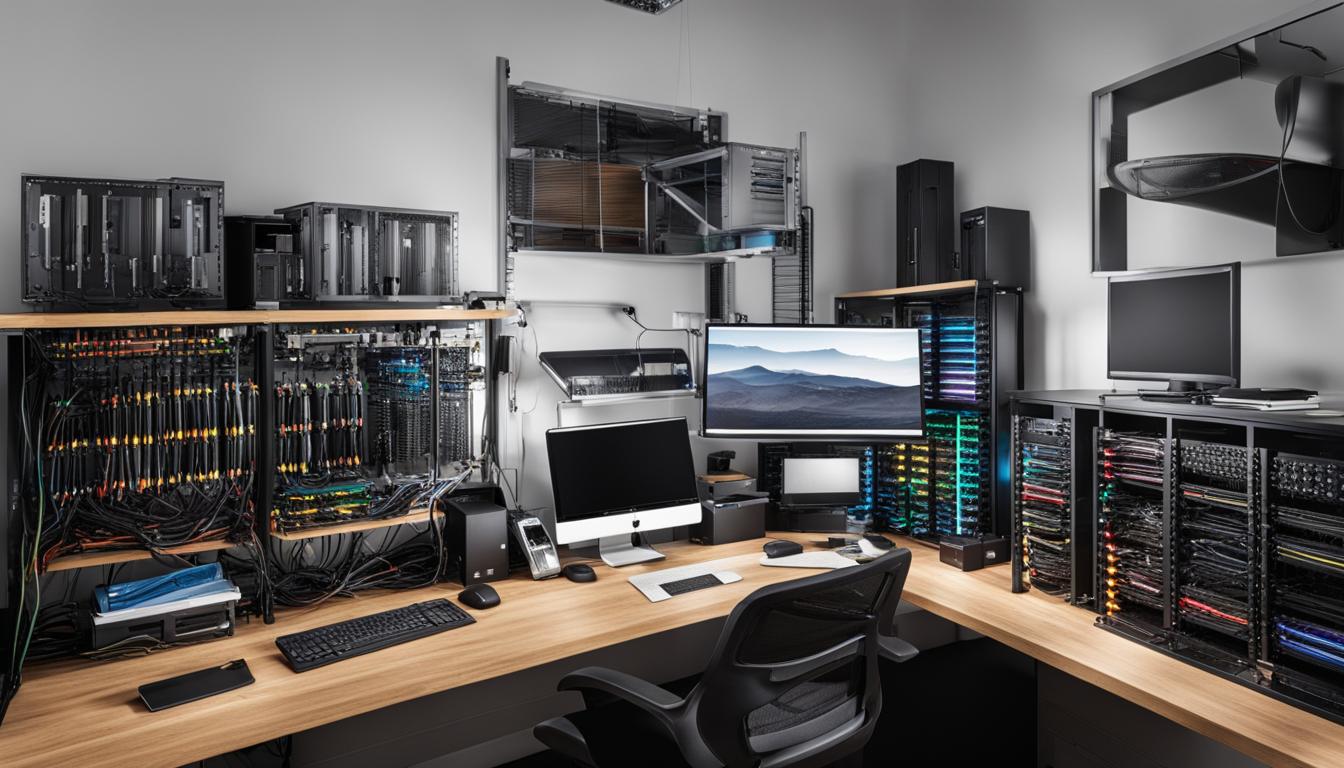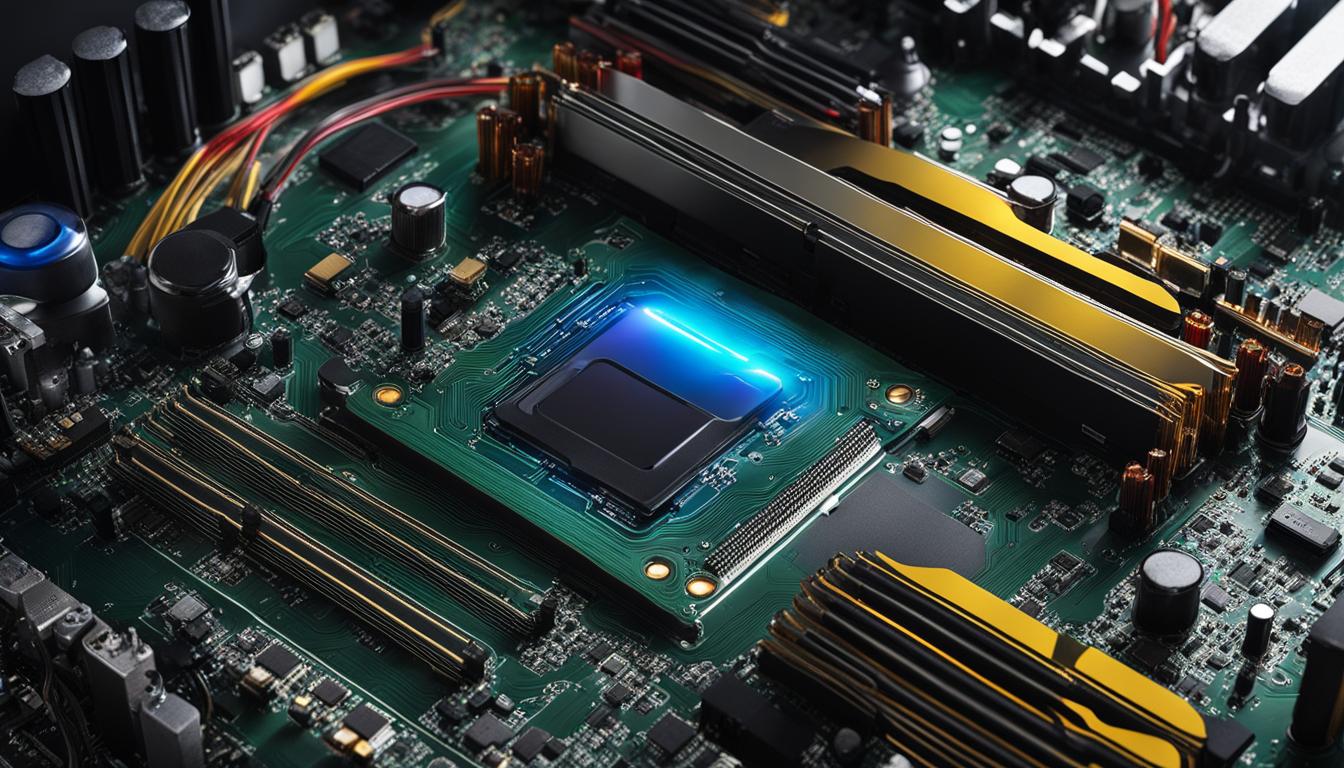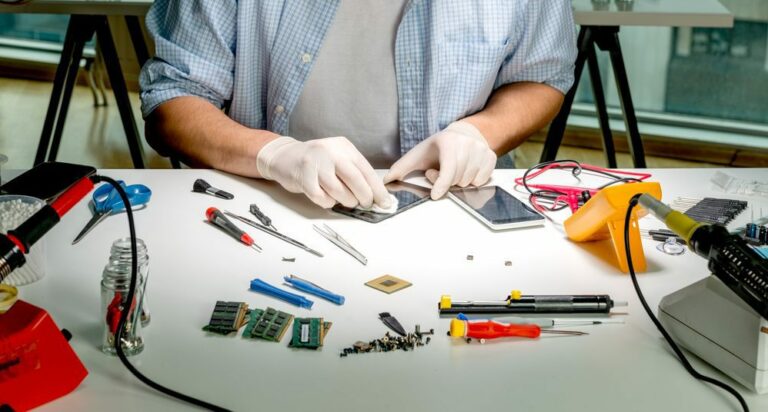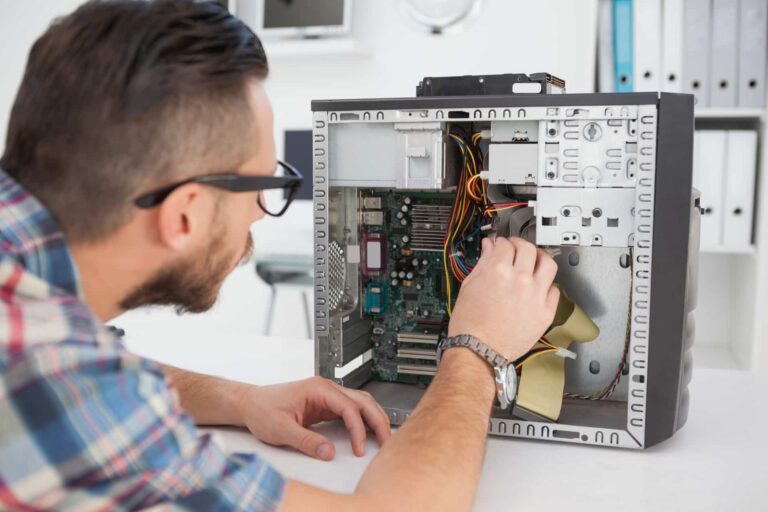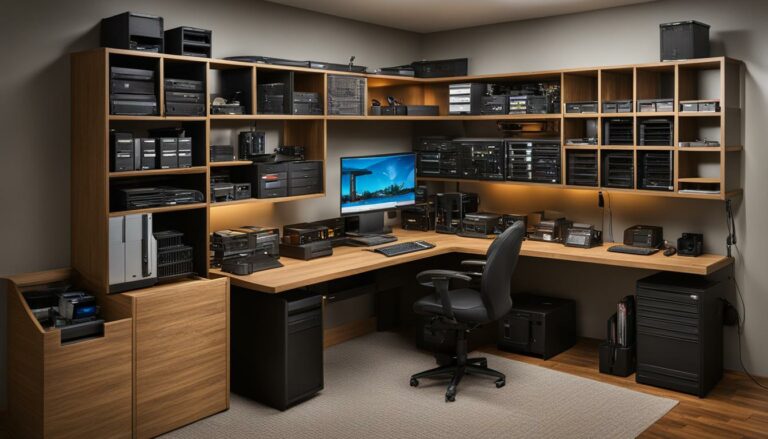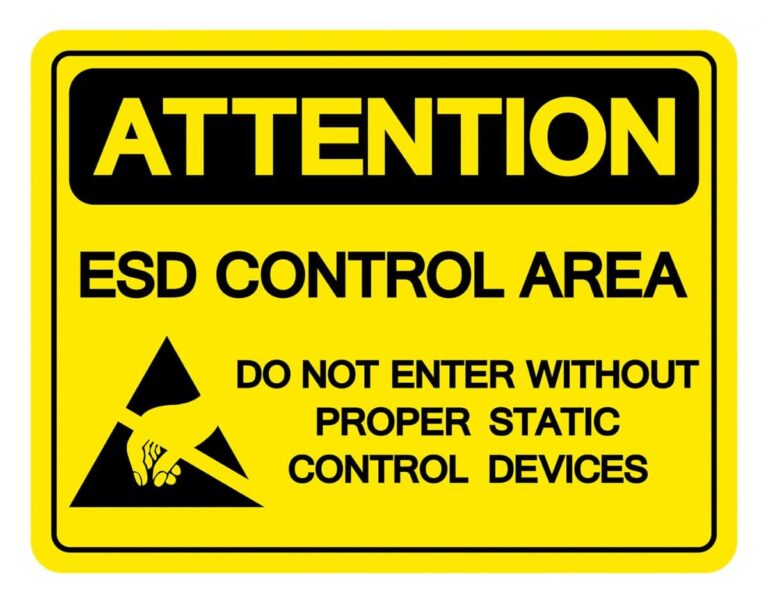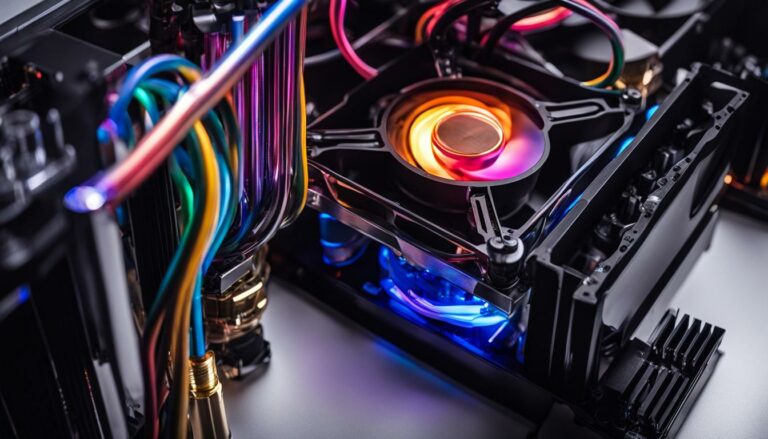A Guide to Maintaining Peripherals: Monitors, Keyboards, and Mice
Proper maintenance of computer peripherals is vital for their longevity and optimal performance. Dust, dirt, and liquid spills can cause damage to these devices, leading to expensive repairs. In this comprehensive guide, we will provide you with essential tips and techniques for maintaining computer peripherals, such as monitors, keyboards, and mice.
Regular cleaning and maintenance services are crucial to ensure the smooth functioning of your computer peripherals. By following the advice in this guide, you can extend the lifespan of your peripherals and avoid unnecessary expenses.
Whether you use your computer for work or leisure, it is essential to keep your peripherals in top condition. By implementing the maintenance tips provided in this guide, you can ensure that your computer peripherals, including monitors, keyboards, and mice, continue to deliver optimal performance for years to come.
Stay tuned for our upcoming sections focusing on specific tips for cleaning and maintaining keyboards, mice, and monitors.
Cleaning and Maintaining Keyboards
Properly cleaning and maintaining your keyboard is essential for maintaining its performance and longevity. Here are some useful tips and techniques to keep your keyboard in optimal condition:
- Dust removal: Dust and debris can accumulate between the keys, affecting their functionality. Start by unplugging the keyboard from the USB or PS/2 port. Hold the keyboard upside down and gently shake it to dislodge any loose particles. Alternatively, use a can of compressed air to blow away the dust from between the keys.
- Cleaning the keys: The tops of the keys can also collect dirt and oil from your fingers. To clean them, dampen a cloth with rubbing alcohol and gently wipe the tops of the keys. This will help remove any grime and keep your keyboard looking and feeling fresh.
- Tackling liquid spills: Accidents happen, and if you spill liquid on your keyboard, it’s important to act quickly. First, disconnect the keyboard from the computer. Then, turn it upside down to allow the liquid to drain out. If necessary, you can rinse the keyboard with water to remove any sticky residue. Afterward, let it dry completely before reconnecting it.
Tip: To prevent liquid spills in the first place, it’s a good idea to keep drinks away from your computer area. This simple precaution can save you from potential keyboard damage and costly repairs.
Regularly cleaning and maintaining your keyboard not only keeps it looking clean but also ensures smooth and accurate typing. By following these simple tips, you can enjoy a well-functioning keyboard for years to come.
Cleaning and Maintaining Mice
When it comes to mouse maintenance, regular cleaning is essential for optimal performance and longevity. Whether you have an optical mouse or a mechanical mouse, a few simple tips can help keep your device in top condition.
Optical Mice
If you use an optical mouse, cleaning is relatively straightforward. Start by unplugging the mouse from the USB or PS/2 port. Then, dampen a cloth with rubbing alcohol and gently wipe the top and bottom of the mouse to remove any dirt or grime. Pay special attention to the area near the light emitter to ensure accurate tracking. Once the cleaning is complete, allow the mouse to dry thoroughly before reconnecting it to your computer.
Mechanical Mice
Mechanical mice require a bit more attention due to their design. To clean a mechanical mouse, begin by unplugging it from the USB or PS/2 port. Next, carefully remove the tracking ball by twisting the retaining ring counterclockwise. Once the ball is removed, clean it with a cloth dampened with rubbing alcohol to remove any debris or buildup. Additionally, use a cotton swab dipped in rubbing alcohol to clean the rollers inside the mouse. After cleaning, reassemble the mouse and allow it to dry completely before reconnecting it to your computer.
Remember, it’s important to clean your mouse regularly to prevent dust and dirt from affecting its performance. By following these cleaning tips, you can ensure that your mouse continues to function smoothly for years to come.
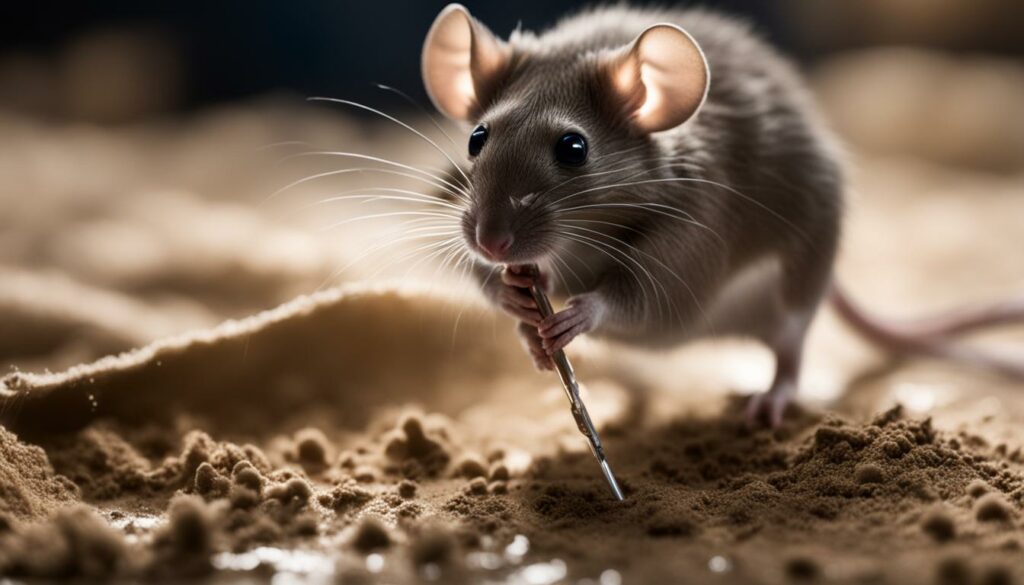
| Maintenance Tips for Mice |
|---|
| Regularly clean the surface of the mouse with a cloth dampened with rubbing alcohol. |
| Pay attention to the area near the light emitter of an optical mouse to ensure accurate tracking. |
| For mechanical mice, remove the tracking ball and clean it with rubbing alcohol to prevent dust buildup. |
| Use a cotton swab dipped in rubbing alcohol to clean the rollers inside a mechanical mouse. |
| Allow the mouse to dry completely before reconnecting it to your computer. |
Cleaning and Maintaining Monitors
Proper maintenance of your computer monitor is essential for clear visibility and long-term functionality. By following these cleaning tips, you can ensure that your monitor remains in optimal condition and avoid potential damage.
Cleaning Tips
When cleaning your monitor, it’s important to use the right materials and techniques to prevent scratches and other damage. Avoid using harsh chemicals or abrasive materials that can harm the screen. Instead, use a soft, clean cloth moistened with water to gently wipe the screen. This will remove fingerprints, smudges, and dust without leaving any residue behind.
If there are stubborn stains or dirt on the screen, you can also use a mixture of water and mild detergent. Dampen the cloth with the solution and gently wipe the affected area. Be sure to dry the screen thoroughly afterward to prevent any liquid from seeping into the monitor.
Avoiding Damage
When cleaning your monitor, it’s important to avoid certain actions that can cause damage. Firstly, never spray any cleaning solutions directly onto the screen. This can cause the liquid to seep into the monitor and damage its internal components.
Additionally, be cautious when using paper towels or tissue papers to clean the screen. These materials can be abrasive and cause scratches. Stick to using soft, lint-free cloths specifically designed for cleaning electronic devices.
Screen Cleaning Frequency
The frequency of cleaning your monitor will depend on how often you use it and the surrounding environment. If you use your computer frequently or in a dusty area, you may need to clean the screen more often. Generally, it’s recommended to clean your monitor at least once a month to maintain optimal clarity and performance.
| Cleaning Tips | Avoiding Damage | Screen Cleaning Frequency |
|---|---|---|
| Use a soft, clean cloth moistened with water | Avoid spraying cleaning solutions directly onto the screen | Clean your monitor at least once a month |
| You can use a mixture of water and mild detergent for stubborn stains | Be cautious when using abrasive materials like paper towels or tissue papers | |
| Dry the screen thoroughly after cleaning | Stick to using soft, lint-free cloths |
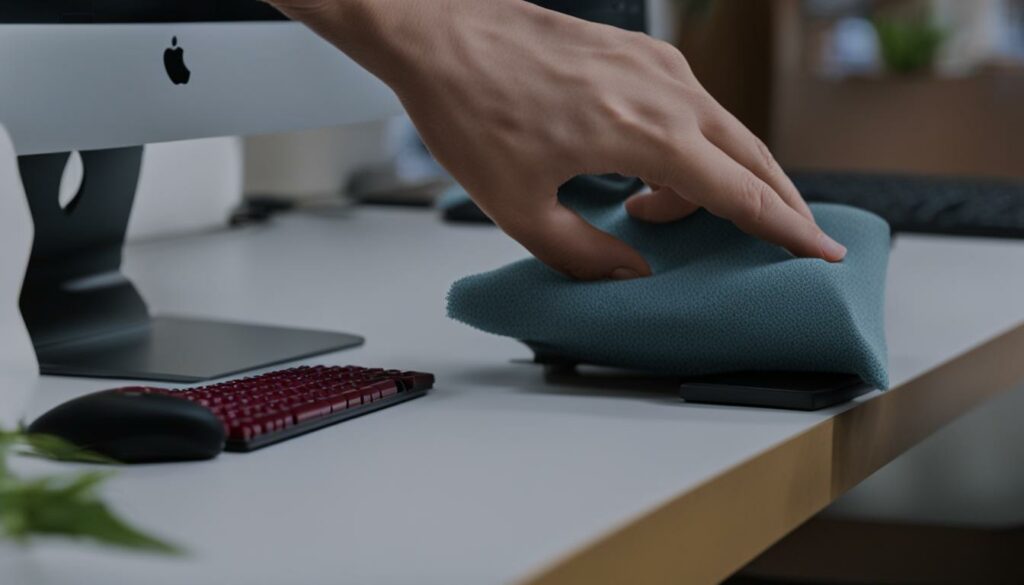
Conclusion
Proper maintenance of computer peripherals such as monitors, keyboards, and mice is essential for their long-term functionality and optimal performance. By regularly cleaning and taking care of these devices, you can significantly extend their lifespan and prevent costly repairs.
Follow the tips and techniques provided in this guide to ensure that your peripherals remain in top condition for years to come. Remember to unplug your keyboard and mouse before cleaning them. Shake your keyboard to remove dust and use a can of compressed air to clean between the keys. Wipe the keys with a cloth dampened with rubbing alcohol for a thorough clean.
For mice, use a cloth dampened with rubbing alcohol to clean both the top and bottom of the device. Optical mice require no internal cleaning, but make sure to clean near the light emitter. Mechanical mice need extra attention, so remember to remove the tracking ball and clean it with rubbing alcohol for smooth cursor movement.
When cleaning your monitor, be careful not to use any cleaning kits that may damage the screen. Instead, use a soft, clean cloth dampened with water to wipe the screen gently. Avoid spraying liquids directly onto the screen to prevent damage to the monitor. Finally, regularly clean the computer case, sides, and back of the monitor to keep dust buildup at bay.
FAQ
How often should I clean my keyboard?
It is recommended to clean your keyboard every few months or as needed, depending on usage and visible dirt or debris.
Can I clean my keyboard with water?
It is not recommended to clean your keyboard with water, as it can damage the internal components. Instead, use a cloth dampened with rubbing alcohol for effective cleaning.
What should I do if I spill liquid on my keyboard?
If a liquid spill occurs, immediately disconnect your keyboard, turn it upside down to drain, and clean it with a cloth dampened with water if necessary. Ensure the keyboard is completely dry before reconnecting.
How often should I clean my mouse?
It is recommended to clean your mouse every few months or as needed, depending on visible dirt or debris. Optical mice require less cleaning, while mechanical mice may require more thorough maintenance.
Can I clean the mouse ball with water?
No, it is recommended to clean the mouse ball with rubbing alcohol for effective cleaning. Avoid using water as it can damage the internal components.
How should I clean my monitor?
To clean your monitor, use a soft, clean cloth moistened with water to gently wipe the screen. Avoid spraying any liquid directly onto the screen to prevent damage.
Can I use a monitor-cleaning kit?
It is not recommended to use monitor-cleaning kits, as they may contain chemicals that can damage your specific type of monitor. Stick to a soft cloth moistened with water for safe cleaning.
How often should I clean the computer case and monitor back?
It is recommended to regularly clean the computer case, sides, and back of the monitor to prevent dust buildup. Clean these areas every few months or as needed.
